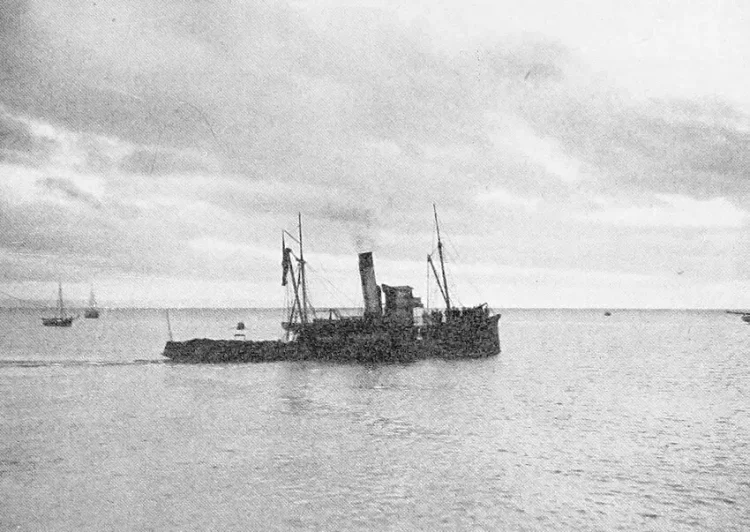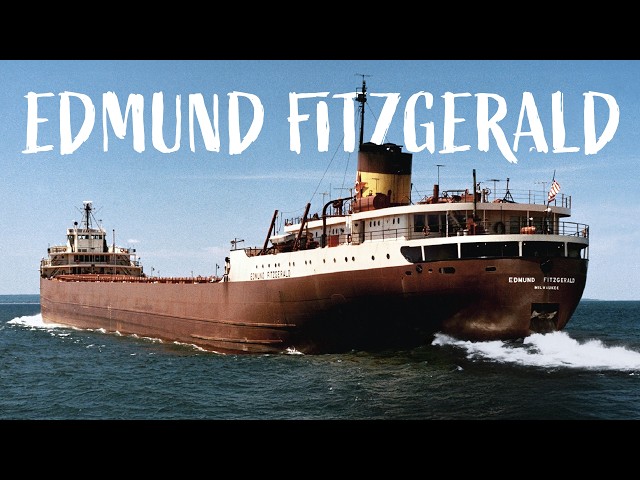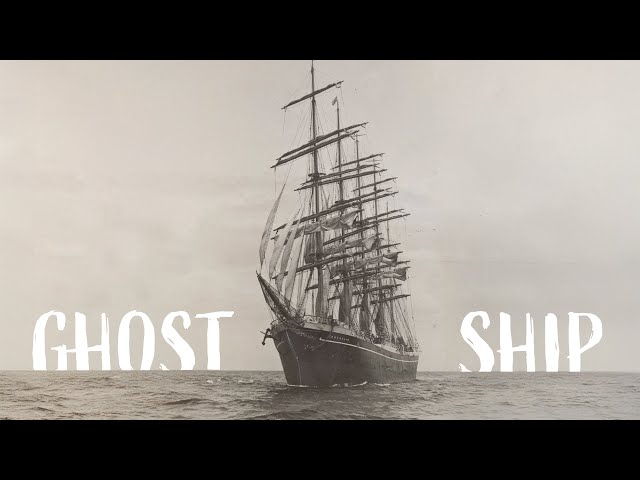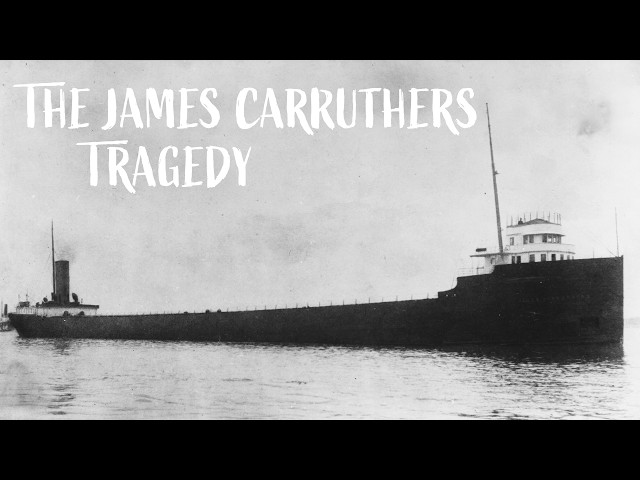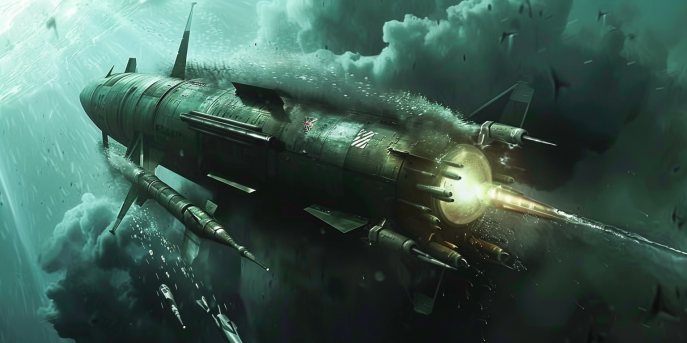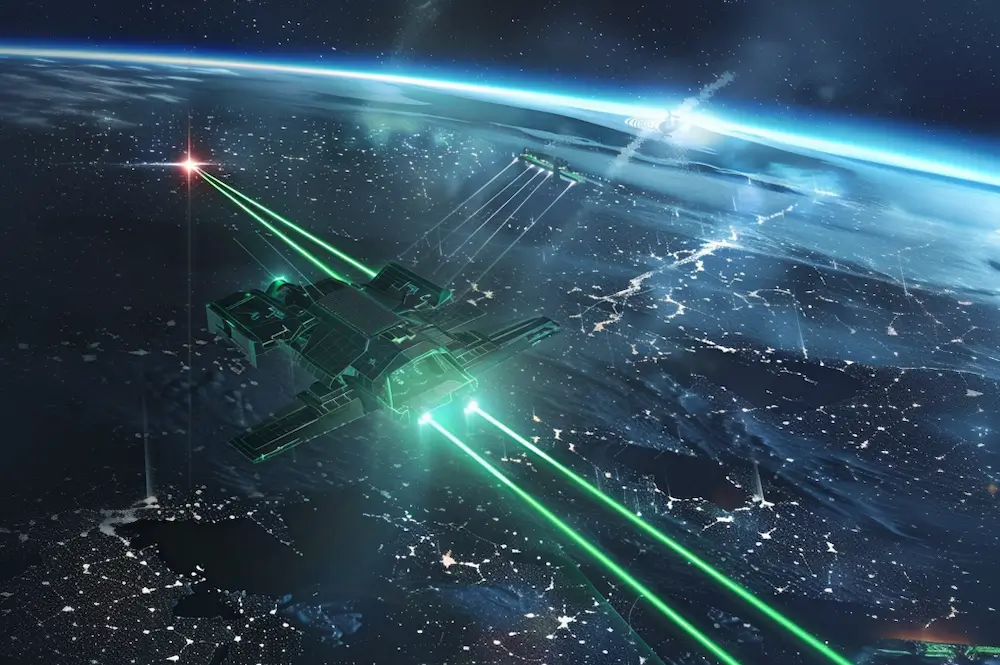Wreck hunters have discovered the ship used by the famous polar explorer Ernest Shackleton during his final voyage at the bottom of the sea. The vessel, named “Quest,” was found off the coast of Newfoundland, Canada. Shackleton suffered a fatal heart attack aboard the ship on January 5, 1922, while attempting to reach Antarctica. Although “Quest” continued sailing until it sank in 1962, its earlier connection to the explorer gives it significant historical importance.
The British-Irish adventurer became famous for his Antarctic explorations during a time when only a few people had visited the frozen wilderness.
“His final voyage marked the end of the heroic age of exploration, polar exploration in the south. What followed was the scientific age. In the pantheon of polar ships, ‘Quest’ is definitely an icon,” stated renowned wreck hunter David Mearns, who led the successful operation to find the wreck.
The remains of the 38-meter-long steamship were discovered at the bottom of the Labrador Sea on Sunday, credited to a team led by the Royal Canadian Geographical Society. Sonar detected it at a depth of 390 meters, and the wreck lies almost upright on the seabed, which has been scoured in the past by drifting icebergs. The main mast is broken and hanging over the port side, but the ship appears to be mostly intact.
Norwegians used “Quest” in its final days, and the ship sank due to thick ice breaching its hull and sending it to the depths. The irony is that Shackleton’s “Endurance,” the ship he used during his ill-fated Imperial Trans-Antarctic Expedition from 1914 to 1917, sank due to similar damage. Fortunately, the crews of both “Endurance” and “Quest” survived. Many who survived the sinking of “Endurance” also participated in Shackleton’s final polar mission on “Quest” between 1921 and 1922.
Shackleton’s original plan was to explore the Arctic, north of Alaska, but when the Canadian government withdrew financial support, the expedition headed south towards Antarctica. The new goal was to map Antarctic islands, collect samples, and find locations for infrastructure like weather stations. Shackleton never succeeded in this as he suffered a fatal heart attack in the port of Gytviken, the last stop before reaching the White Continent. He was only 47 years old.
After his death, “Quest” took part in other significant expeditions and was used by British explorer Gino Watkins, who died while exploring Greenland at the age of 25.
“Quest” was also used for Arctic rescues and served in the Royal Canadian Navy during World War II before being handed over to sailors.
The discovery of the wreck followed extensive research. During a second visit to the wreck later this year, a thorough investigation will be conducted.
